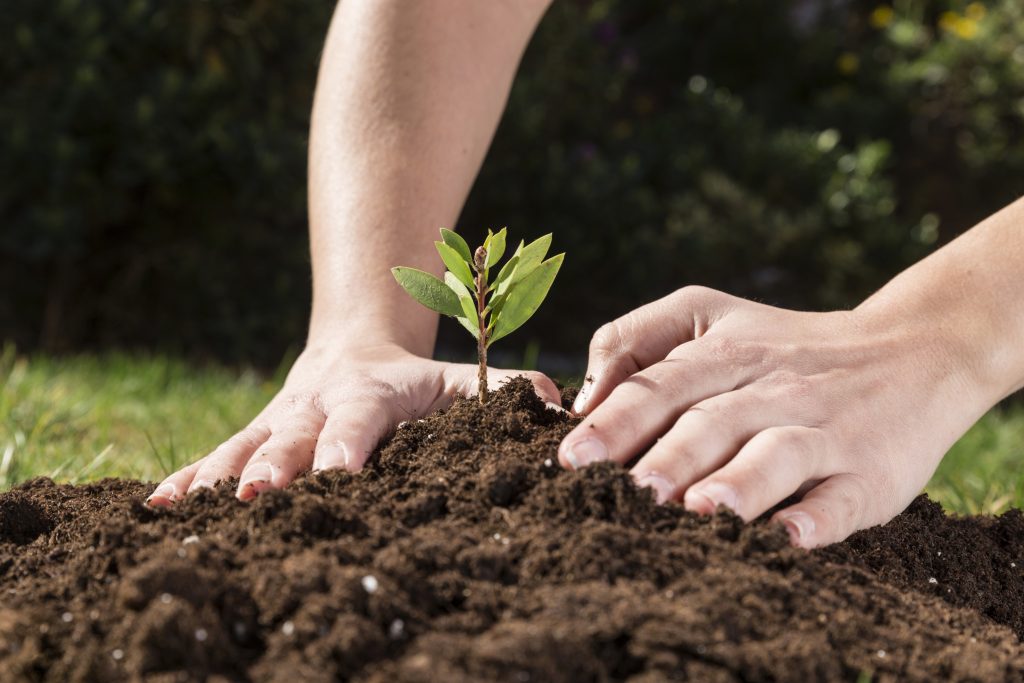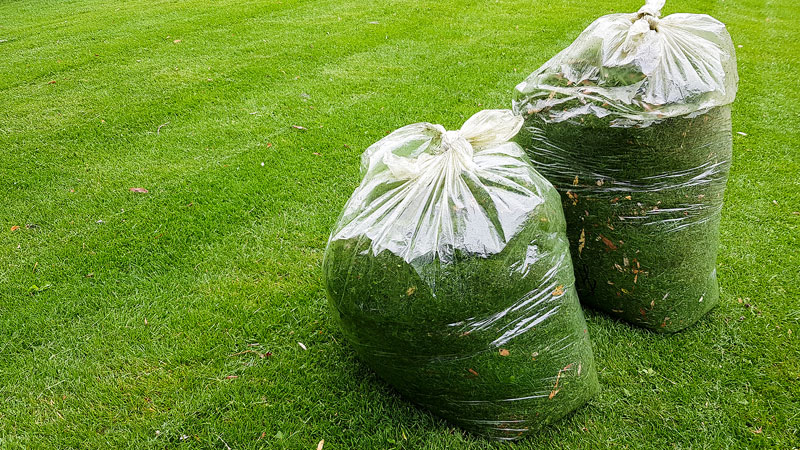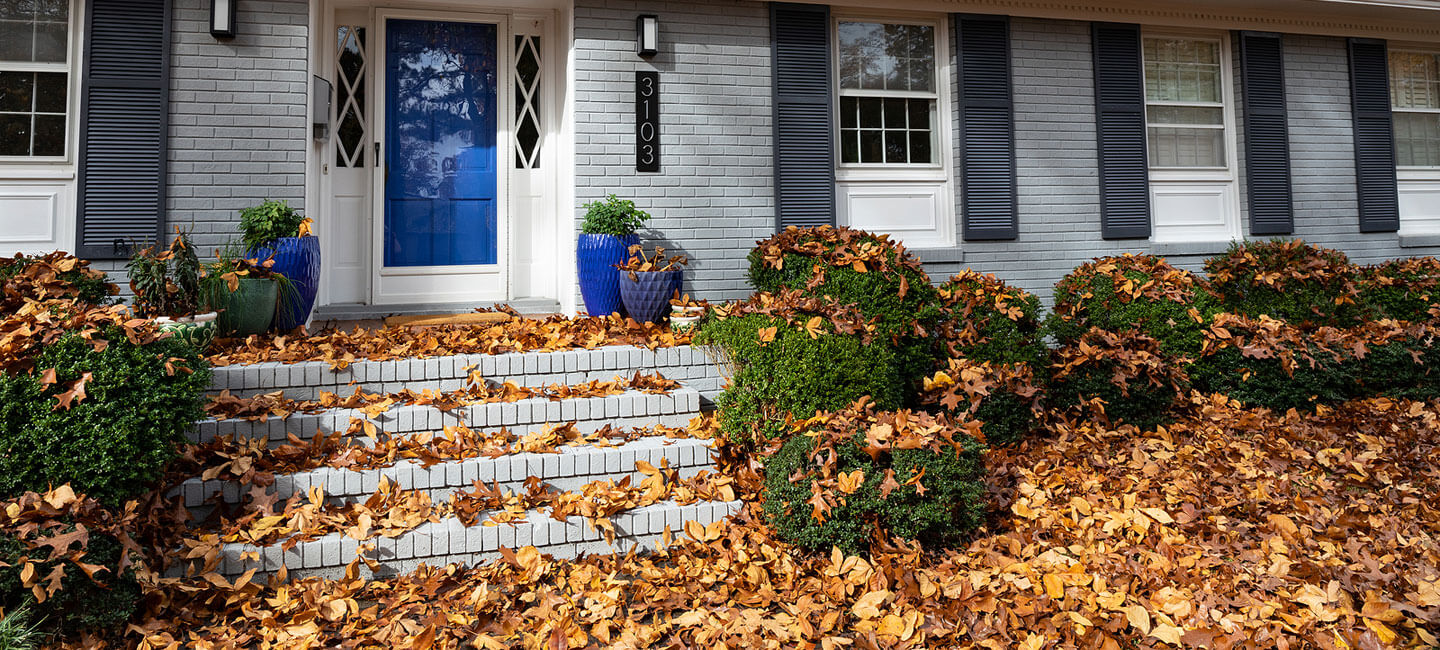[wpdreams_ajaxsearchlite]
Gone are the days when your garden looks monotonous because one can now introduce diverse species of plants in a single garden. This technique is called companion planting, which means that you can grow different plant species close to one another and thrive together. However, before you start this method, it is vital to equip yourself with the right knowledge of what plants can live together to avoid competition. When two plant species compete with one another, then one of them will surely end up dying.
Companion plants can benefit each other instead of competing. They live and help each other thrive by repelling insects, support pollination, give shade, provide added nutrients, and support. As you create a plan for next year’s plants to grow, consider companion planting, and look at the list of beneficial plants for each other.

1. Beets and Garlic
If you want to plant beets in your garden, but insects prevent you from doing it, you can plant garlic beside your beets to repel pests. Your beets can stay away from the infestation of snails, maggots, Japanese beetles, and other pests because they dislike garlic’s smell. Aside from repelling pests, planting garlic next to beets also improve its overall flavor. It is because of the garlic’s sulfur content that can prevent fungal infection because of its antifungal properties.
Companion planting with beets and garlic has a similar requirement when it comes to soil. They can both thrive in well-drained soil. Clay soil might be too heavy for both plants to grow. As you plant beets, it is best to do it during cold weather and ensure that the soil temperature is 40 degrees Fahrenheit. Plant them with a spacing of one to two inches in a row, and it needs one inch of water every week.
With garlic, spacing is at least six inches and positions the pointy part upward. It is good to push the cloves at least two inches below the soil. Once it starts to form a bulb, it needs a constant water supply every five days.
Scotts 09127 Turf Builder Starter Lawn Food 24-25-4
2. Broccoli and Onions
Companion planting for broccoli with onion is the best way to improve its taste. Broccoli is known as a nutritious cruciferous vegetable, and it can grow healthy during colder months. Also, broccoli can tolerate both full sun and shady areas, and it will grow in full by six to eight weeks. The best soil to grow these plants is in moist, slightly acidic, and fertile soil. It requires regular watering but avoids getting the heads wet to prevent molds and fungal infection.
Just like broccoli, onion loves the cold weather. You can either choose to grow it using a bulb or by planting seeds. However, seed planting takes four months for the onion to mature. The growing season for onion is during colder months, and bulbs show once warm weather starts to kick in. It requires one inch of water every week, and constant weeding is vital as an onion can hardly compete with weeds.
3. Carrots and Leeks
What makes these plants suitable for companion planting is that they can help each other repel pests. They act as a repellent for each other, so pests will not hinder both plant growth.
Both carrots and leeks thrive in well-drained and fertile soil, and they need full sunlight to grow. For carrots, you need to plant the seeds at least five weeks before the last winter frost. It requires one inch of water a week.
Leeks love cool weather conditions, but it needs full sunlight. It is advisable to hide the stem from the direct sun using the process of blanching.
Less Mess Black Bark Mulch (Only Available in Southern Ontario)
4. Corn, Squash, and Beans
In companion planting, it is possible to plant three different species, and it is known as “three sisters.” The Indigenous people of America first cultivate it. Stalks from the corn offer to support the beans. The beans collect nitrogen from the soil that allows other plants around to grow healthier and fuller. Also, with squash, it aids the beans and the corn by providing a shield to deter weeds’ growth through its vast leaves. In the traditional Indigenous American method, they usually plant squash for the “three sisters” method, but any winter squash is applicable. They can all thrive in well-drained and fertile soil and make sure they have full sunshine.
Typically, beans need support like a trellis to grow, but corn can help the beans grow upward. They require constant watering, especially during the summer months.
Thinking of having your sodding grass installed as the climate cools? Speak to a sodding expert at My Landscapers.
My Landscapers has been sodding and replacing lawns for over 17 years throughout Toronto, Markham, Vaughan & Richmond Hill. Our professionals only use natural fertilizers and solutions to help your lawn look lush, healthy & green. Request your FREE, no-obligation, detailed estimate today, and one of our landscaping experts will contact you. Prefer to speak over the phone? Give us a call.



